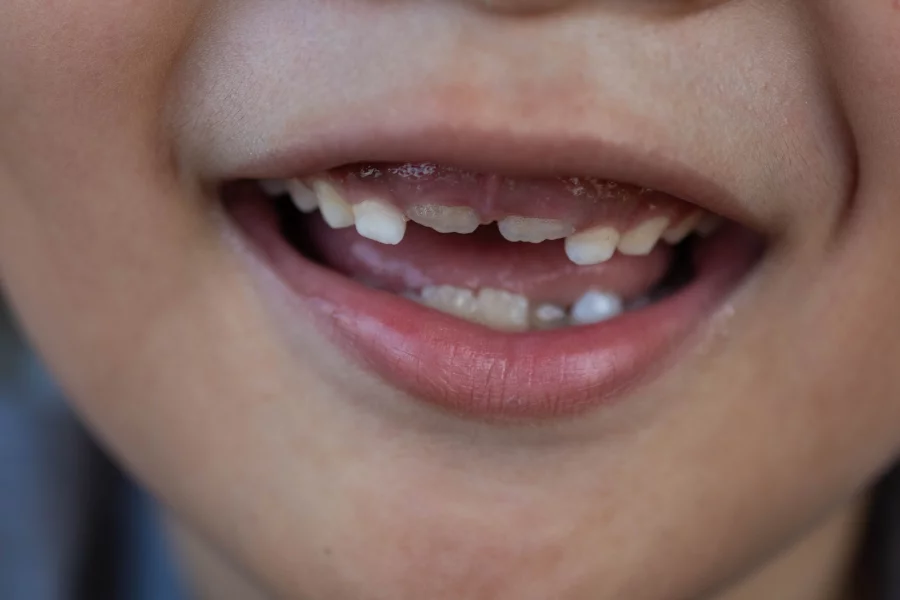Oregon Ranks 4th in Nonmedical Vaccine Exemptions
A significant and concerning trend is emerging in Oregon’s public health landscape: a record number of families are opting out of routine childhood vaccinations for nonmedical reasons.

Oregon Ranks 4th in Nonmedical Vaccine Exemptions
This surge in nonmedical exemptions for kindergartners comes at a critical time, as cases of highly contagious vaccine-preventable diseases, such as measles, are seeing a resurgence across the United States. The data highlights a growing vulnerability within communities, particularly in school environments.
Understanding Nonmedical Vaccine Exemptions in Oregon
In Oregon, as in some other U.S. states, parents have the option to claim nonmedical exemptions from school-required vaccinations. Unlike medical exemptions, which are granted for specific health contraindications validated by a physician, nonmedical exemptions typically allow parents to opt out based on personal, religious, or philosophical beliefs.
For the 2024-2025 school year, the Oregon Health Authority (OHA) reported that 9.7% of kindergartners claimed such exemptions, marking the highest rate ever recorded in the state’s history. This represents an increase from 8.8% in the previous year (2023-2024), solidifying Oregon’s position as having the fourth-highest nonmedical exemption rate in the U.S. for 2024, trailing only Idaho, Alaska, and Utah.
The Rise in Exemption Rates: A Public Health Concern
The upward trajectory of nonmedical vaccine exemptions is ringing alarm bells among public health officials. Stacy de Assis Matthews, a school immunization coordinator with the OHA, strongly advises any family considering a nonmedical exemption to first discuss it thoroughly with their healthcare provider.
“We have seen these immunization rates decrease over time, and now with schools reporting the highest ever non-medical exemption rate… it leaves our communities vulnerable to outbreaks of vaccine-preventable diseases, especially in schools that have lower immunization rates,” Matthews stated, emphasizing the direct link between declining vaccination coverage and increased public health risk. The continuous three-year decline in full vaccination coverage among Oregon’s youngest students further compounds this concern.
Why Parents Claim Nonmedical Exemptions: Addressing Barriers
The Oregon Health Authority identifies various factors that may lead parents to seek nonmedical exemptions, some of which go beyond purely philosophical stances. A significant reason cited is a lack of access to vaccination services. This could involve geographical barriers, where families live far from a vaccination clinic, or a misunderstanding regarding financial requirements, leading parents to believe their children cannot receive vaccines if they lack insurance. These access-related issues highlight disparities in healthcare availability and information, which the OHA is actively working to address.
Oregon Health Authority’s Proactive Approach
Recognizing these systemic barriers, the OHA is committed to ensuring that all residents who wish to get vaccinated have the opportunity to do so. “We want to make sure that everyone who wants to get vaccinated can get vaccinated,” Matthews affirmed. The agency is actively working with various community partners, including medical providers, local schools, pharmacies, and public health departments, to address challenges such as vaccine cost and availability.
These collaborations aim to streamline access to immunizations and provide comprehensive, science-based information to empower families to make informed vaccination choices. For immediate questions about vaccines or to locate nearby vaccination sites, Oregon residents are encouraged to dial 211, a readily available community information line.
Impacts of Lower Immunization Rates on Communities
The concept of “community immunity,” often referred to as “herd immunity,” is fundamental to public health. It describes the indirect protection from an infectious disease that occurs when a sufficiently large percentage of a population is immune, either through vaccination or previous infection.
When immunization rates decline, this collective protective barrier weakens, making it easier for diseases to spread, particularly impacting vulnerable individuals who cannot be vaccinated due to age (like infants) or underlying medical conditions (such as compromised immune systems). Schools, with their close-knit environments, are especially susceptible to outbreaks when vaccination rates fall below critical thresholds.
National Context: Measles Surges and Public Health
Oregon’s rising exemption rates are not occurring in a vacuum. They align with a disturbing national trend of increasing measles cases across the U.S. The highly contagious nature of measles, capable of spreading rapidly among unvaccinated individuals, underscores the urgency of maintaining high vaccination coverage.
Public health experts warn that continued declines in childhood immunization rates could jeopardize the United States’ measles elimination status, achieved in 2000. This makes Oregon’s local data particularly relevant to the broader public health narrative, highlighting the importance of every community’s vaccination efforts in safeguarding national health.
The Importance of Community Immunity
The continued rise in nonmedical exemptions poses a direct threat to the robust community immunity that has historically protected Oregon’s population from preventable diseases. While the vast majority of Oregon families continue to vaccinate their children, the increasing number of unvaccinated individuals creates pockets of vulnerability where diseases can take root and spread.
Ensuring equitable vaccine access and providing clear, accurate information are vital steps in bolstering community immunity, preventing avoidable outbreaks, and safeguarding the health of all Oregonians, especially its youngest and most vulnerable residents.





